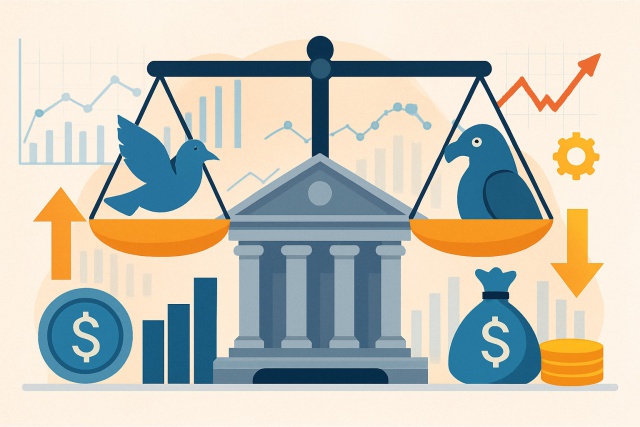
What makes dovish vs hawkish policy shifts important to watch
Understanding dovish vs hawkish policy shifts is essential for market participants as these changes...
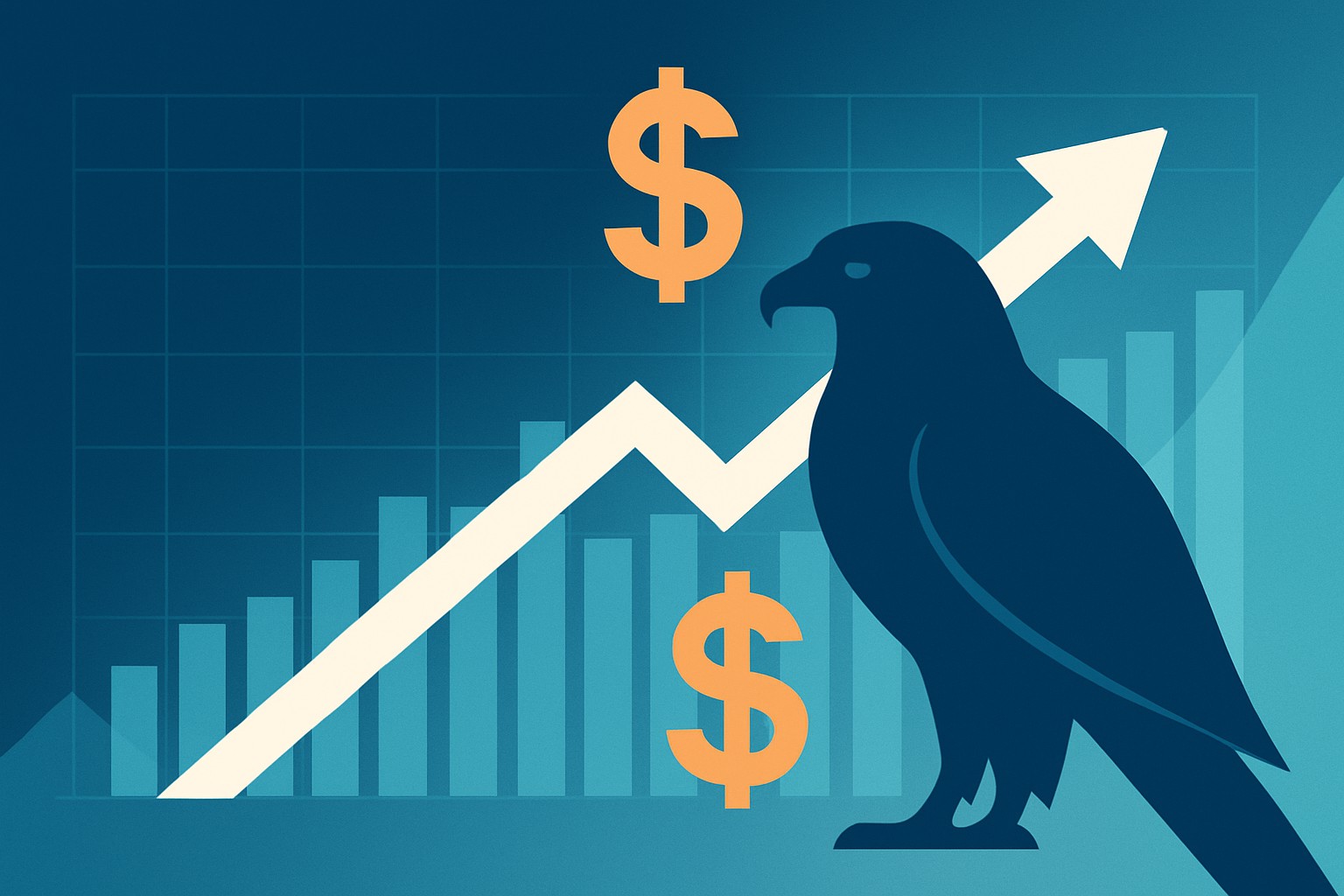
Investors often run into the term "hawkish" when sifting through financial news. This article breaks down the meaning of hawkish in plain, no-nonsense language.
The term "hawkish" typically refers to policymakers or analysts who lean toward raising interest rates to keep inflation under control. In other words, being hawkish means putting a premium on price stability even if it slows economic growth a bit. Think of it as choosing to keep the temperature just right rather than letting things boil over.
The term hawkish often pops up when talking about central banks like the Federal Reserve or the European Central Bank, especially when they zero in on keeping inflation under control—even if it means putting the brakes on the economy for a bit.
Knowing when a central bank or policy maker shifts into a hawkish stance is important for investors. It can really shake up key financial measures like interest rates, bond yields, stock prices and currency values.
Hawkish policies usually push bond yields higher since interest rates climb. This tends to lower the value of existing bonds with smaller coupons.
Stock markets often come under pressure because borrowing costs increase. This cuts into corporate profits and makes investors think twice before taking any big risks.
A hawkish approach generally boosts a country's currency by attracting foreign investors who are looking for better returns.
Investors often become more cautious. They shift away from growth stocks and move toward safer assets when the policy tone turns hawkish. It’s the classic play-it-safe move in uncertain times.
Catching hawkish signals early gives investors a real leg up by letting them tweak their portfolios and navigate potential risks with more confidence. For instance, they might dial back on long-duration bonds which are jumpy when rates go up or focus on sectors that hold their ground better during tightening cycles. Handy tools like TradingView and TrendSpider also come into play, offering slick charting and sharp technical analysis that can unearth subtle early clues of interest rate moves.
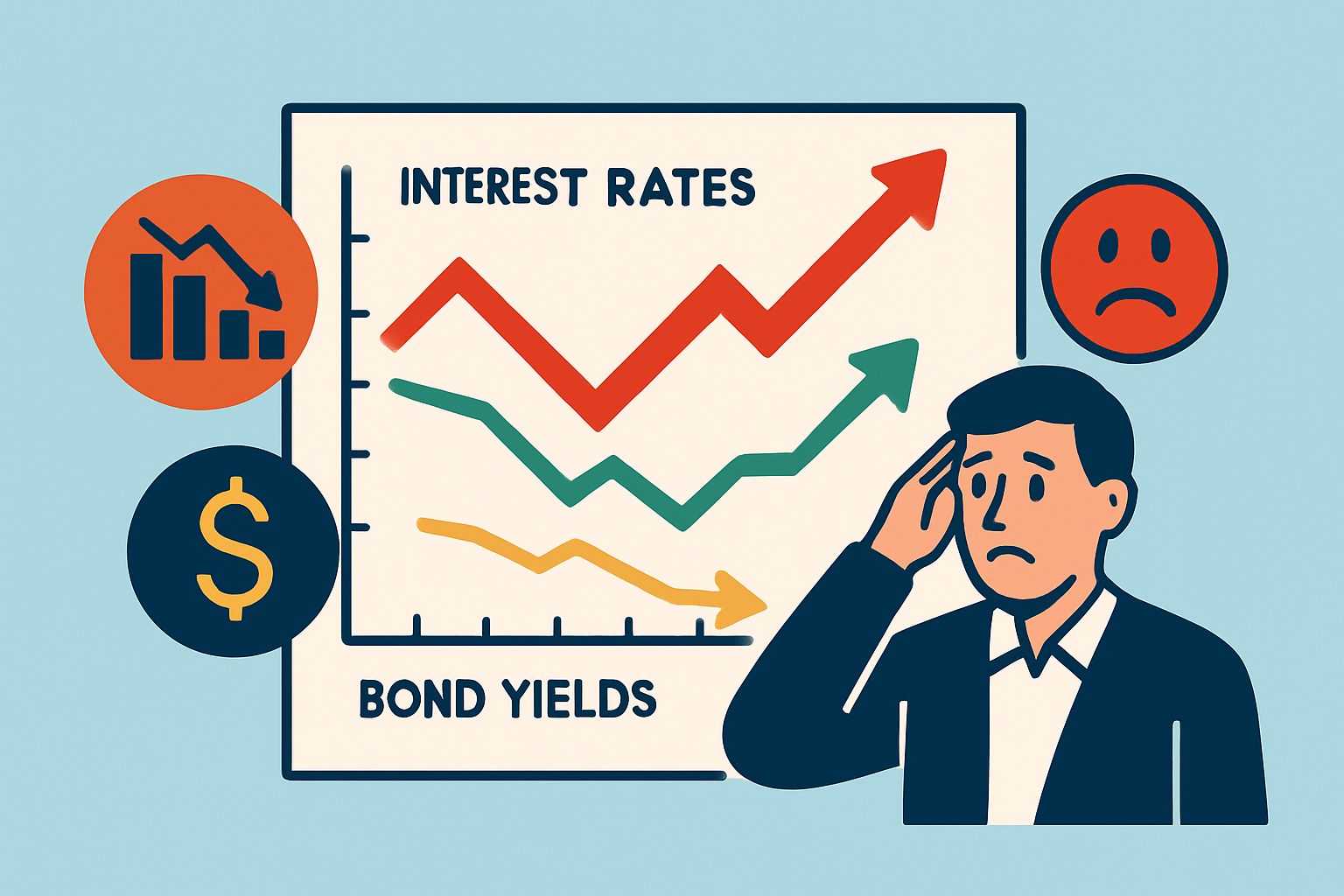
Visual representation of how hawkish monetary policy influences bond yields, stock valuations, and investor behavior.
Central banks signal their hawkish stance using a variety of tools and communications that investors watch closely. This includes official interest rate decisions, public speeches from policymakers and forward guidance tucked into policy statements.
Keeping an eye out for these signs gives investors a sneak peek into what the central bank really cares about.
Imagine a hawkish central bank like a cautious driver who grips the steering wheel a bit tighter when the road looks shaky, doing their best to keep inflation from sending the economy into a tailspin.
| Aspect | Hawkish | Dovish |
|---|---|---|
| Policy Preference | Leans toward higher interest rates to keep inflation in check, even if it ruffles some feathers | Favors lower interest rates to give growth a friendly nudge when the economy needs it |
| Economic Priority | Puts price stability front and center, sometimes at the expense of speedy growth | Puts economic growth in the spotlight, willing to tolerate a bit of inflation waving hello |
| Investor Reaction | Investors usually get a bit twitchy; bond yields tend to inch up and stocks might feel the heat | Investors often loosen their grip, bond yields dip, and stocks typically catch a nice tailwind |
| Typical Example | Picture the Federal Reserve hiking rates when inflation starts acting up | Think of the ECB trimming rates when recession clouds gather on the horizon |
| Market Impact | Brings about tighter monetary conditions and tends to pump up the currency’s strength | Opens the door to looser monetary policy, usually leading to a softer currency |
Knowing where policymakers land on the hawkish-dovish spectrum really helps investors cut through the noise and make better sense of their statements and forecasts.
Taking a closer look at past hawkish monetary policies really helps investors get a sharper sense of how markets usually react and find their footing.
In the early 1980s Federal Reserve Chairman Paul Volcker didn’t mess around—he sharply raised interest rates to tackle stagflation. This sent bond yields soaring and caused a recession, but in the end it got inflation firmly back in line like wrangling a wild horse.
Between 2015 and 2018 the Federal Reserve took a slow and steady approach, inching rates up from near-zero levels. It was like testing the waters to see how markets would handle the shift away from years of easy money—cautious and deliberate.
Stern words from the European Central Bank (ECB) and Bank of England (BoE) have stirred the pot and unsettled markets as investors brace for the real chance of quicker rate hikes in response to inflation jitters.
These examples illustrate how markets often react with a burst of volatility and price swings before slowly finding their footing as the new monetary environment takes hold.
When monetary policy takes a turn towards a more hawkish stance, investors usually find themselves weighing a handful of options to both protect their portfolios and maybe even come out ahead as the landscape shifts.
Implementing these strategies requires keeping a close eye on the market and a healthy dose of patience. Tools like TradingView come in handy often because they offer customizable charts and many technical indicators that let you track interest rate trends and market reactions in detail.
The term hawkish often gets a bad rap or is oversimplified way too much.
Grasping these details, including the meaning of hawkish policy, gives investors a steadier hand, helping them to ride out market stories and the inevitable ups and downs.
Struggling to improve your trading performance? Edgewonk's advanced analytics tools are designed to give you the edge you need.
With detailed trade journaling, robust strategy analysis, and psychological insights, you'll gain a comprehensive understanding of your strengths and weaknesses. Don't miss out on this game-changing opportunity.
Traders, it's time to elevate your game. Edgewonk is the ultimate trading journal software designed to empower you with data-driven insights and personalized strategies. Take control of your trading journey and maximize your potential.
20 posts written
Driven by an insatiable curiosity for behavioral economics and its impact on trading psychology, Sophia Dekkers offers groundbreaking insights into harnessing cognitive biases for improved decision-making.
Read Articles
Understanding dovish vs hawkish policy shifts is essential for market participants as these changes...
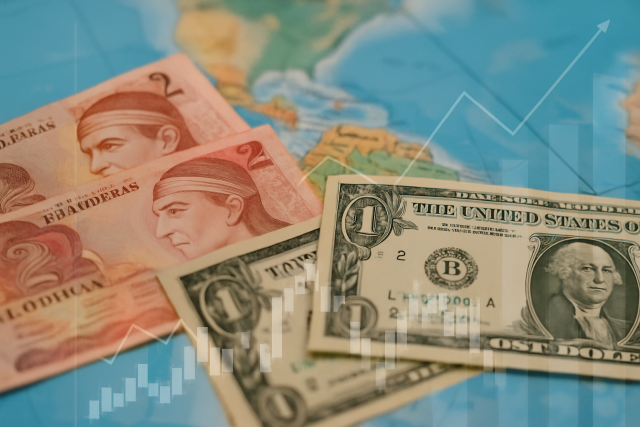
Discover the main factors that influence the Honduras country currency, the lempira, and understand...
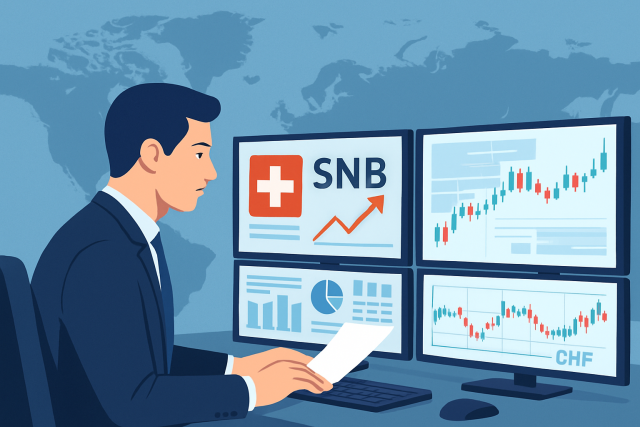
Discover how to interpret Swiss central bank announcements effectively to anticipate market moves an...

Hawkish statements signal central banks' concerns about inflation and interest rate hikes. Learn wha...
